One set linked to a specific organisation which has recently received some exposure is 2000451 The Panama Canal, a sizeable set released under the LEGO Education banner which was sold exclusively from the Panama STEM website. As luck would have it, the folks from Panama STEM recently got in touch and were kind enough to send me a copy of the set to review on Gimme LEGO. The set has now arrived, so here we go....
The box is a pretty plain affair, prominently featuring the LEGO education banner front and back plus an 8+ age recommendation. The front of the box (above) is dominated by an image of the completed build, and there are a couple of small panels below hinting at a couple of Technic mechanisms incorporated into the set. There's also a 'Canal de Panama' logo bottom right, alongside which is another logo incorporating the Spanish strapline "Tercer juego de eclusas". This translates as "third set of locks" and is a reference to the expansion of the Panama Canal which was inaugurated in June 2016. The back of the box (below) looks pretty similar to the front, although here the image of the completed build is accompanied by a line-up of five small ship models which are included in the set. There are also a series of panels illustrating what looks like a LNG carrier traversing the Panama Canal lock system.
Having previously laid my hands on a number of non-retail LEGO sets, I can report that some of them fall quite short in the packaging stakes. Not this one, though - in terms of presentation it has the feel of a typical retail set. The box is sturdy and secured by way of tape seals, while inside the box the elements are sealed in a total of 20 bags, all but two of which are printed with a number from one to five. The box also contains five instruction booklets which are sealed inside a single bag alongside a small sticker (below).
The set includes a single minifigure (below). Despite having an overwhelmingly generic appearance, with no printing on the torso or legs, it's nevertheless exclusive to this set according to Bricklink. That having been said, all the elements making up the minifigure are readily available and have previously featured as a part of numerous other minifigures
You can see a rear view of the minifigure below. Neither the head nor the torso feature any back printing.
The build is split into five stages. Each stage contributes a single module to the final Panama Canal model and has its own instruction booklet complete with a stage-specific inventory of parts. Stage 1 (below) commences with construction of one of the set's five ships, after which attention shifts to the sturdy Technic frame which underpins the first Panama Canal module. The frame sits on a base of reddish brown plates and is built upon with basic light bluish grey and blue bricks and plates before being topped off with blue tiles to represent water and some green plates to represent the banks of the canal. A couple of tan gears are housed in a brick-built structure which projects forward from the main part of the module. The teeth of these gears mesh with some gear racks below; these gear racks are attached to a pair of dark bluish grey lock gates, and when the gears are rotated the lock gates slide forwards and backwards, thus closing or reopening the main waterway.
Subsequent modules follow the same basic formula - a Technic frame is constructed on a base of reddish brown plates, simple Technic mechanisms are bolted on to the frame, and blue tiles and green plates provide some basic surface decoration. In addition to the inclusion of a pair of lock gates which are controlled by the same gear and gear rack mechanism described previously, Stage 2 also incorporates a mechanism which raises and lowers the water level, indicated by 2 x 4 blue tiles. This mechanism is activated by winding the black crank at the front of the module; the crank drives a succession of interlocking gears that ultimately mesh with a pair of gear racks which change the water level . The set's solitary sticker is applied to a white 2 x 4 tile at this stage of the build where it forms the sign you can see perched at the top of the module (below).
Stage 3 of the build involves construction of the third module which you can see below. This is very similar to the second module, featuring the same Technic mechanisms, lock gates and adjustable water level. Its foundations incorporate additional reddish brown elements which raise the module by two bricks in height compared with its predecessor, however, and there's no "Canal de Panama" sign.
Stage 4 of the build involves construction of the fourth canal module (below), an activity which provokes a distinct feeling of deja-vu as module four is markedly similar to modules two and three; it sits a further two bricks higher than module three, and features decoration in the form of a tower on top, but is otherwise basically the same in terms of its reddish brown base, underlying Technic frame and the mechanisms that it incorporates.
And so to Stage 5 and with it some welcome variety. The final module of the canal is assembled during this stage of the build, together with the four remaining vessels. The ships are constructed first, starting with a LNG carrier, followed by a container ship, a cruise liner and finally what looks like a reefer ship; one of the few uncommon elements included in the set makes an appearance at this point, namely a white minifig telescope which has only previously appeared in seven sets in this colour and which forms the masts of the reefer ship.
With all five modules now built all that's left to do is join them together with Technic pins and we're done. Looking at the completed build (below) it's clear that aesthetics have taken a back seat in the design process, with the desire to include functional and robust mechanisms to practically demonstrate the workings of the canal's system of locks understandably taking priority. Certainly the mechanisms make it easy and fun to learn, and the model quickly engaged my 9-year old who enjoyed experimenting with the completed build and now has a solid understanding of the subject matter, so mission accomplished from an educational perspective I guess.
In summary, this is an interesting set by virtue of the subject matter and rarity, and it has obvious educational value. On the downside, the 1,184 elements making up the set, and indeed the set's single minifigure, are very basic and unlikely to make the set appeal much as a parts pack, and it's not a particularly interesting build either on account of the degree of repetition. It also has to be said that the US $249.95 retail price is eye-watering, even if it does include worldwide shipping. In mitigation, 50% of all profits are donated to a non-profit organisation which promotes STEM (Science, Technology, Engineering, and Mathematics) education in Panama, but the fact remains that unless you're teaching large numbers of kids this set seems like a prohibitively expensive way to impart knowledge.
In practice, any discussion of the set's value may end up being academic as at time of writing the Panama STEM website shows the set as being sold out with no indication of whether they'll get more stock. Given my reservations about the set, however, I don't think that should concern the majority of LEGO fans whose money would probably be better spent elsewhere. Definitely a set for collectors with big budgets and educators only I reckon.
Thanks to Panama STEM for providing Gimme LEGO with a review copy of the set. All opinions expressed in this review are my own.

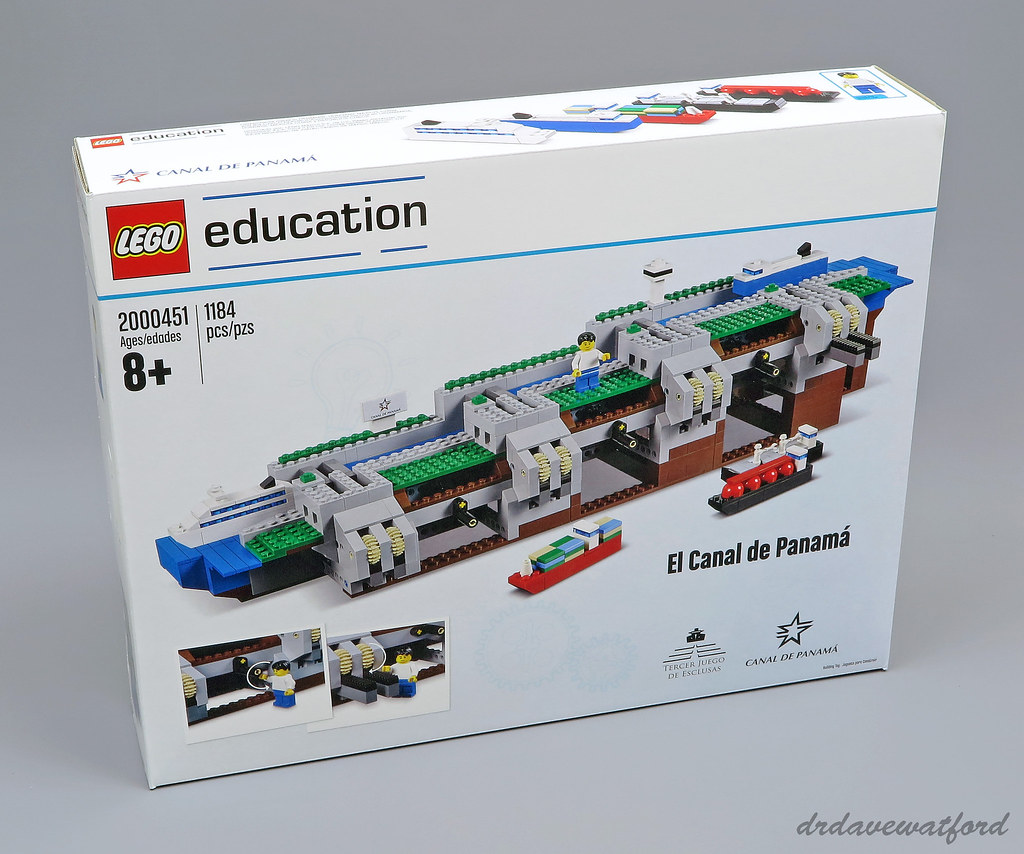
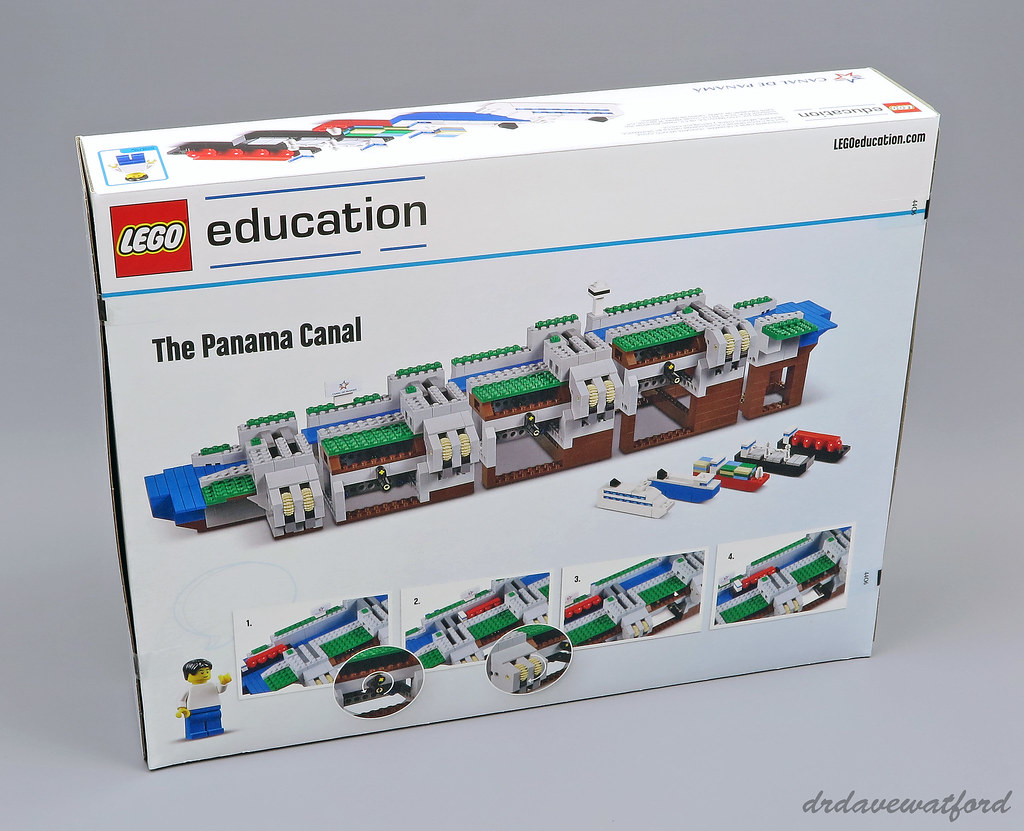



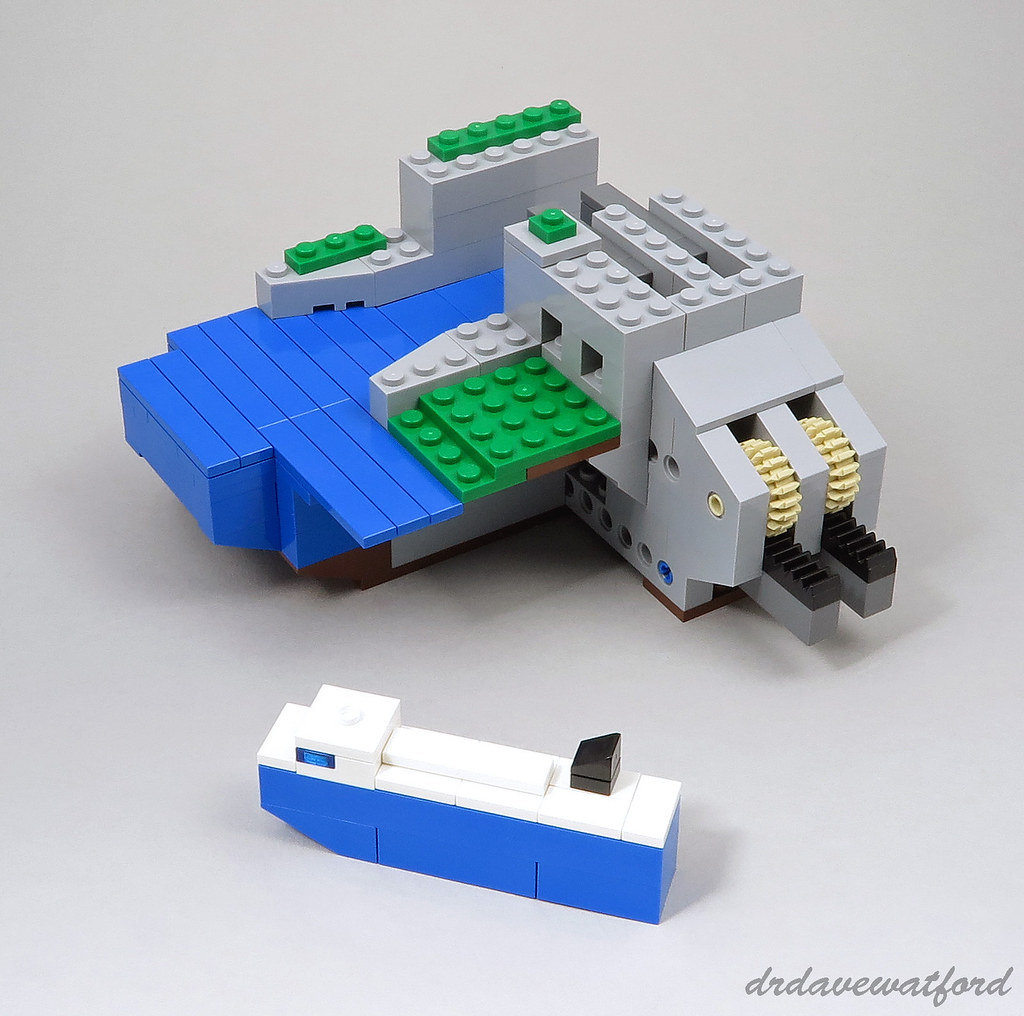
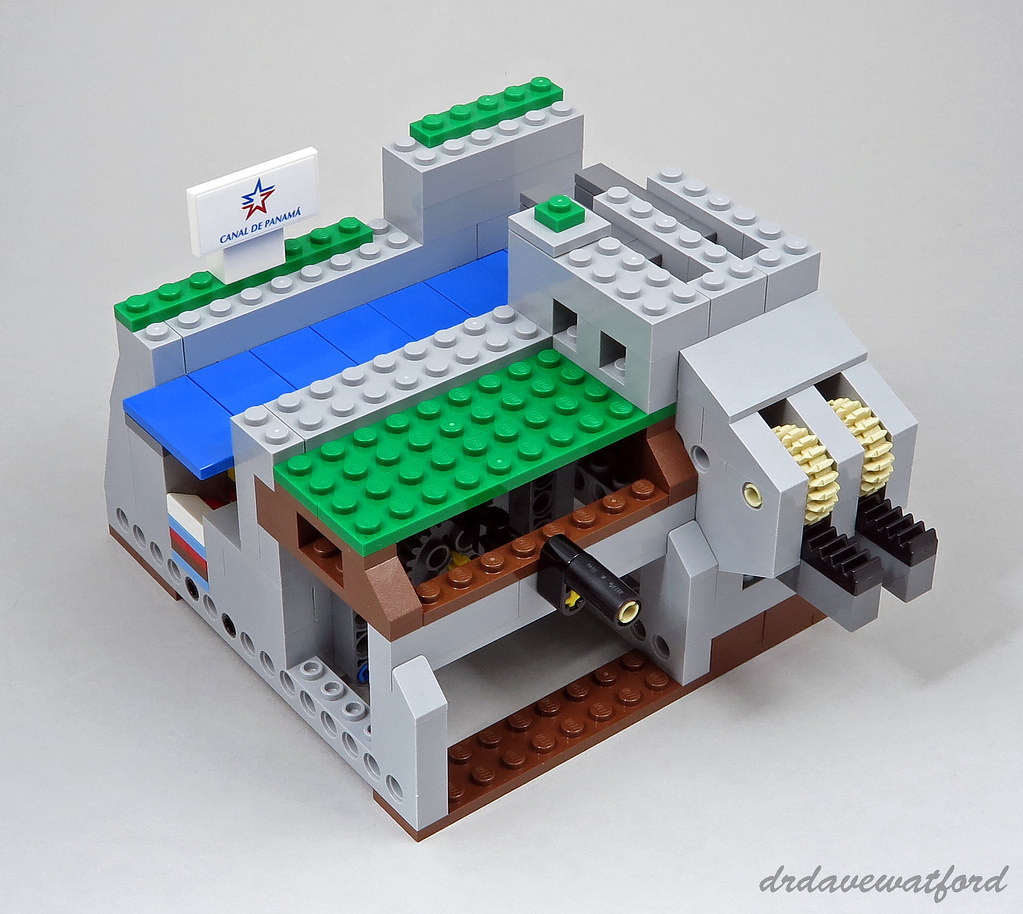
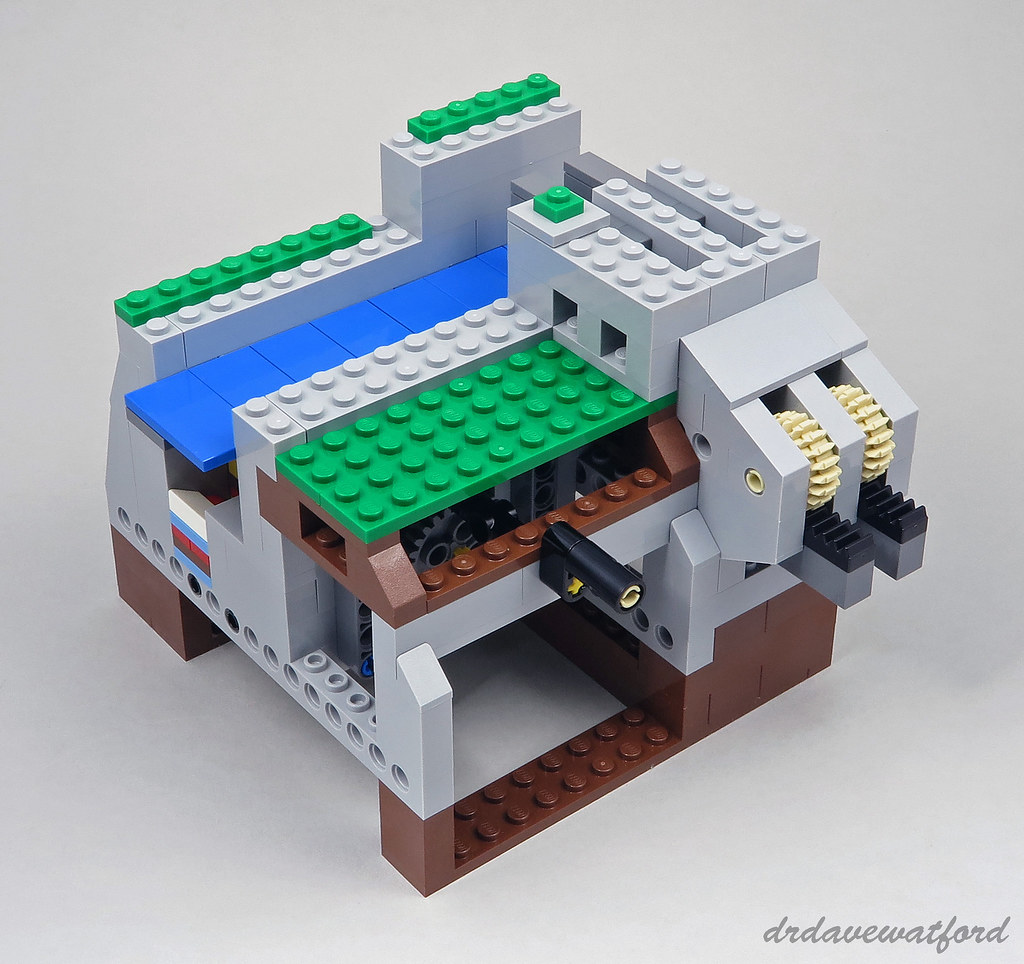
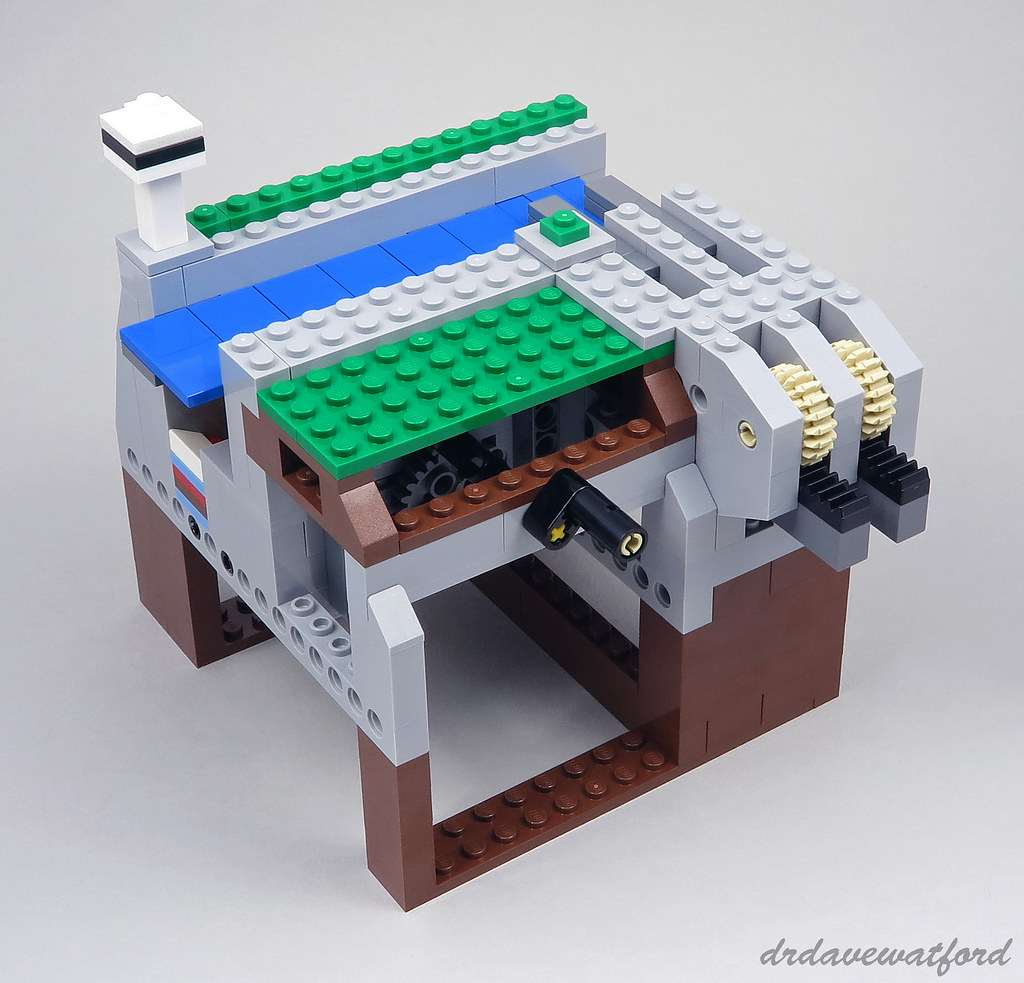
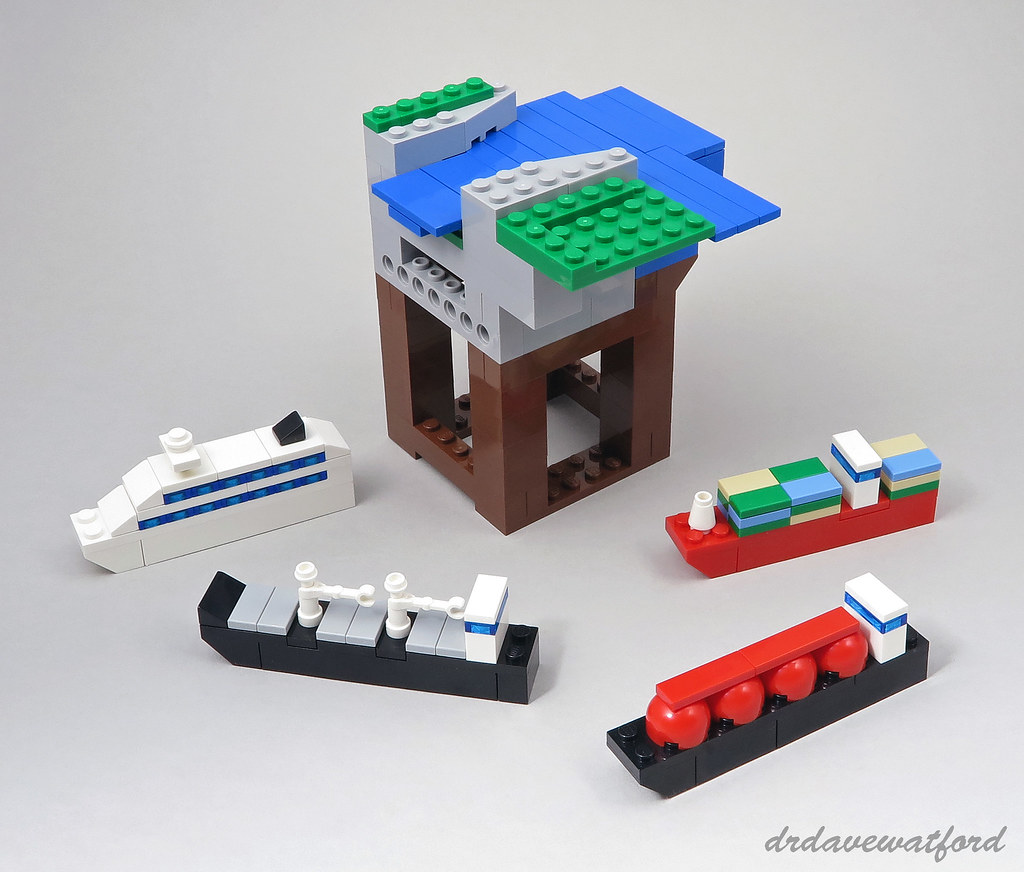
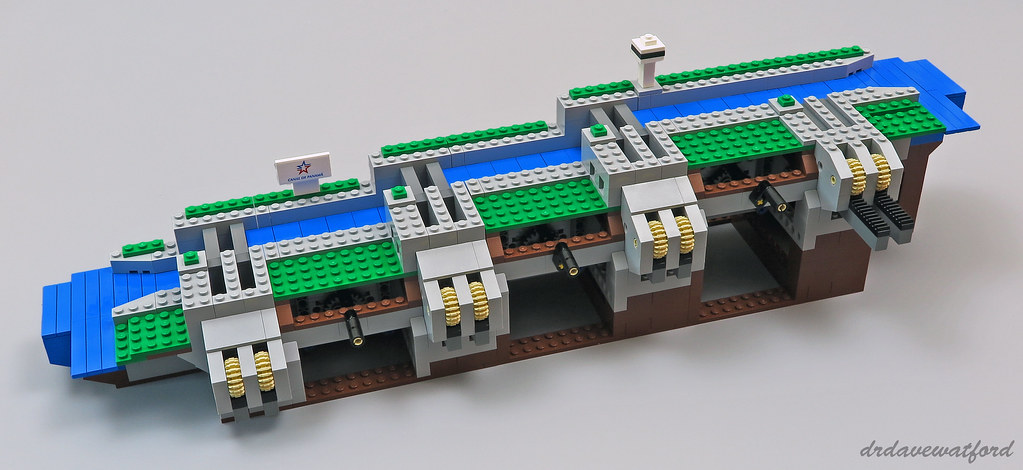

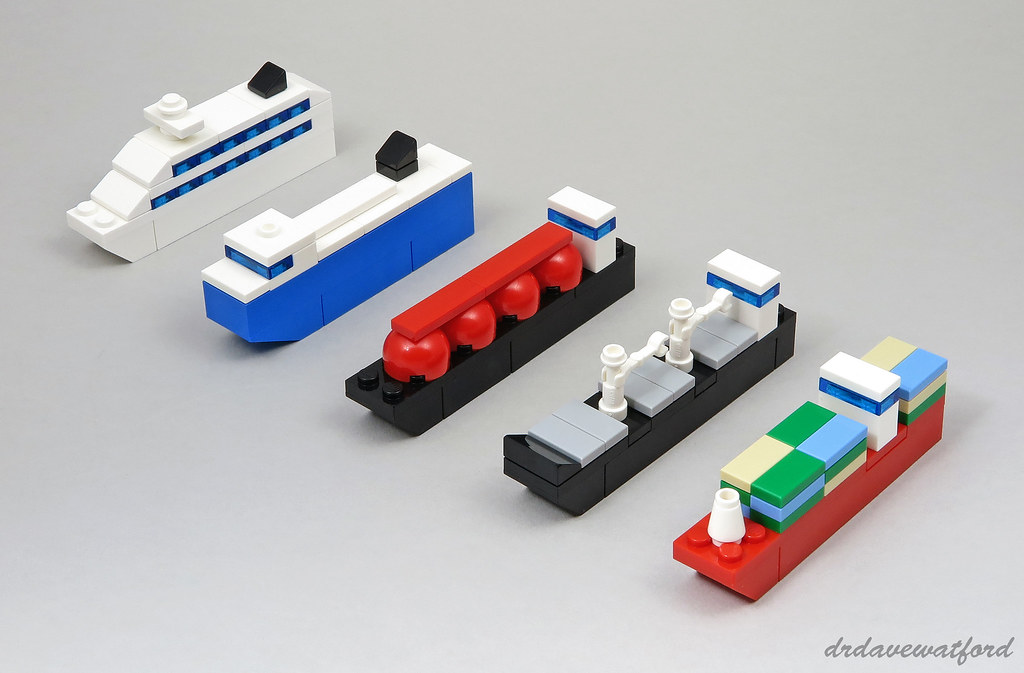
No comments:
Post a Comment